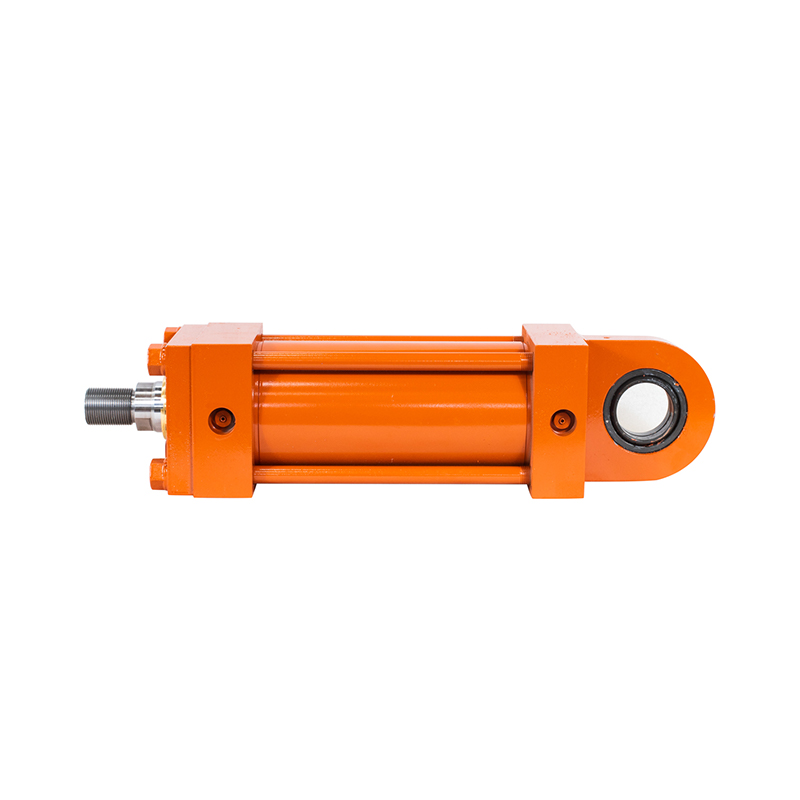To ensure optimal performance and longevity when installing hydraulic cylinders, follow these best practices:
Preparation and Planning:Understand Specifications: Review the cylinder specifications, including stroke length, mounting type, and pressure ratings, to ensure compatibility with the application.Installation Environment: Ensure the installation area is clean, dry, and free from debris to prevent contamination.
Proper Mounting:Alignment: Align the hydraulic cylinder accurately with the actuator or load. Misalignment can lead to uneven wear and premature failure.Mounting Type: Use the correct mounting type (e.g., clevis, trunnion, flange) based on the application requirements, and ensure that mounting brackets are secure.
Seal Installation:Inspect Seals: Before installation, inspect seals for any damage or wear. Replace any compromised seals to prevent leaks.
Lubrication: Apply lubricant to the seals and mating surfaces to facilitate installation and reduce wear.
Hydraulic Connections:Check Hose and Fittings: Use appropriate hoses and fittings that can handle the system’s pressure. Ensure they are rated for the specific hydraulic fluid being used.Secure Connections: Tighten hydraulic connections to the manufacturer’s specifications to prevent leaks. Use thread sealant if necessary, but avoid over-tightening.

Testing and Commissioning:Bleed the System: Before fully engaging the hydraulic system, bleed any air from the lines to prevent cavitation and ensure smooth operation.Function Test: Conduct a function test to verify that the hydraulic cylinder operates as intended. Check for proper movement, speed, and responsiveness.
Safety Precautions:Pressure Relief: Before installation or maintenance, relieve all hydraulic pressure in the system to prevent accidents.Personal Protective Equipment: Always use appropriate personal protective equipment (PPE) when working with hydraulic systems.
Maintenance Access:Accessibility: Ensure that the hydraulic cylinder is installed in a way that allows easy access for maintenance and inspections.Avoid Obstacles: Position the cylinder to avoid interference with other components during operation.
Documentation:Record Keeping: Maintain records of installation, specifications, and any adjustments made. This can aid in future maintenance and troubleshooting.
By following these best practices for the installation of hydraulic cylinders, you can help ensure optimal performance, reliability, and safety in your hydraulic systems. Proper preparation, alignment, connection, and testing are key to successful installation.
We have a strong R&D team, and we can develop and produce products according to the drawings or...
We have two of our own casting foundries and one CNC machining factory. So we can offer the best price...
We have our own testing lab and the advanced and complete inspection equipment, which can...